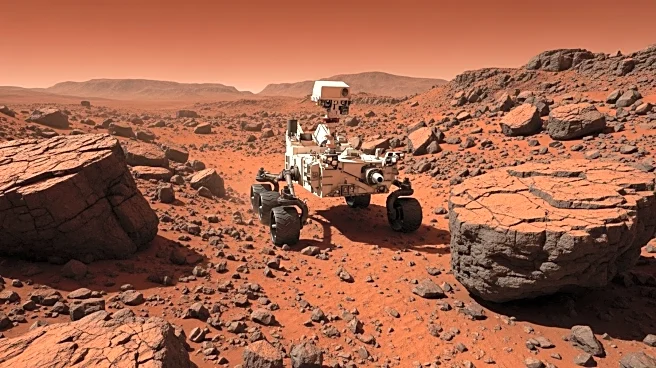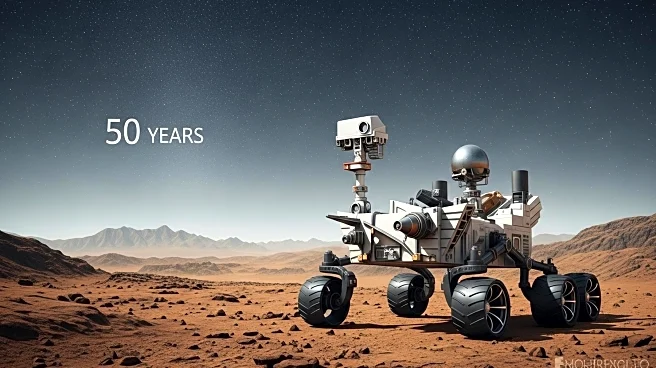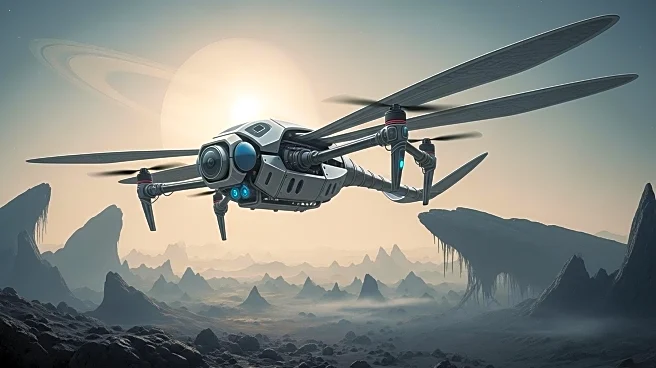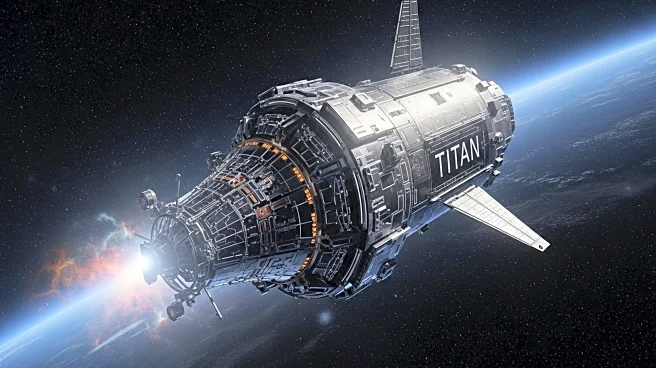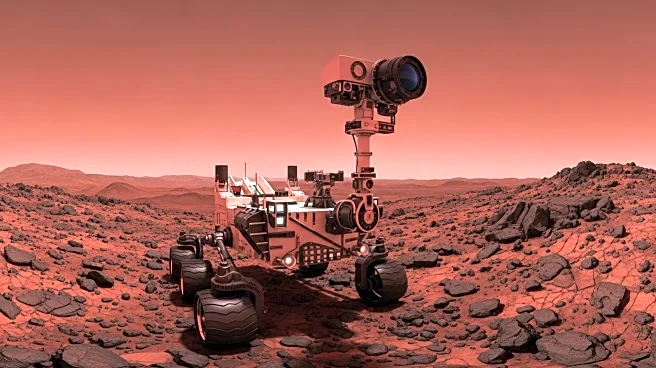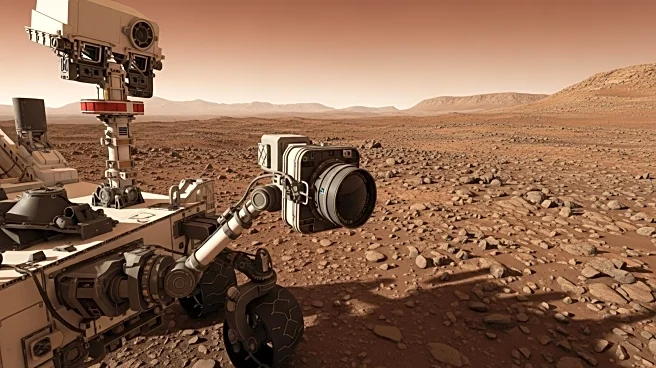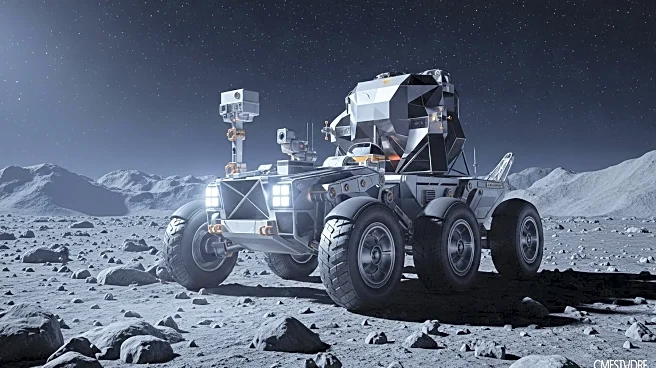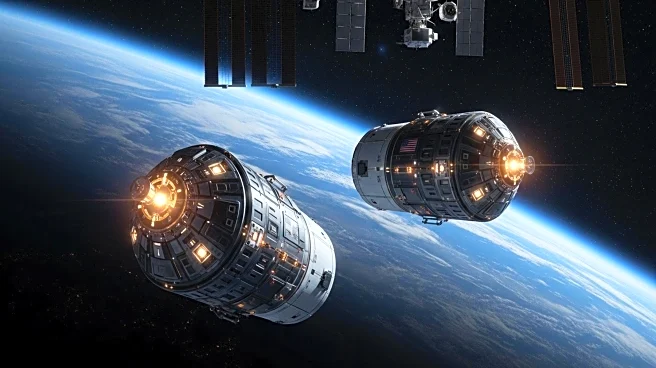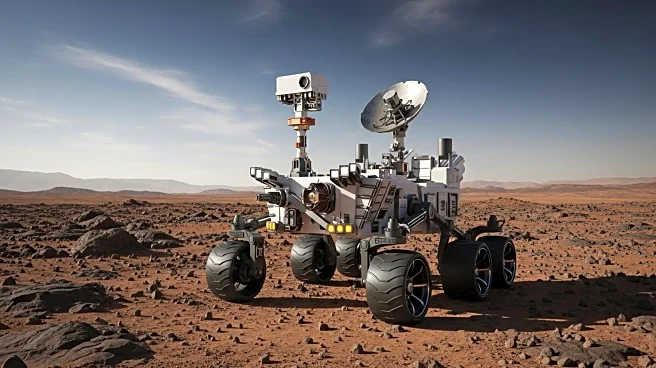What is the story about?
What's Happening?
NASA's Dragonfly mission, aimed at exploring Saturn's moon Titan with a nuclear-powered rotorcraft, is experiencing significant cost and schedule overruns. Initially selected in 2019 under NASA's New Frontiers Program, the mission had a pre-launch budget of $850 million and a target launch date of April 2026. However, due to supply chain issues, design modifications, and complications from the COVID-19 pandemic, costs have escalated to $3.35 billion, with the launch now postponed to no earlier than July 2028. The Office of the Inspector General (OIG) has criticized these overruns, noting that Dragonfly's development and operations will cost more than the previous three New Frontiers Missions combined. The mission's budget allocation for FY 2025 is $409 million, representing nearly 15% of the Planetary Science Division's budget, and is projected to grow to a quarter of the division's budget in FY 2026.
Why It's Important?
The escalating costs of the Dragonfly mission have significant implications for NASA's budget and future planetary science endeavors. With Dragonfly consuming a substantial portion of the Planetary Science Division's budget, other projects within NASA's New Frontiers Program are facing delays. The next New Frontiers mission launch has been pushed back to 2033, affecting the agency's ability to pursue new scientific discoveries. The financial strain also raises concerns about NASA's capacity to maintain its focus on deep-space missions without compromising other critical projects. The OIG's recommendations to document lessons learned and maintain project cost reserves are crucial to ensuring the mission's success and preventing further budgetary impacts.
What's Next?
NASA must navigate the financial challenges posed by the Dragonfly mission while continuing to prioritize deep-space exploration. The agency is advised to implement the OIG's recommendations to manage costs effectively and avoid further delays. As NASA balances its budget, the potential for future budget cuts looms, which could impact other expensive projects. The agency's ability to manage these challenges will be critical in maintaining its leadership in space exploration and scientific research.
AI Generated Content
Do you find this article useful?



